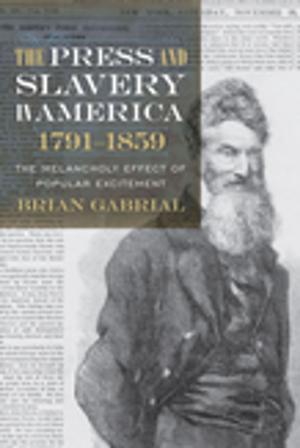Understanding Edward P. Jones
Fiction & Literature, Literary Theory & Criticism, Black, American, Biography & Memoir, Literary| Author: | James W. Coleman, Linda Wagner-Martin | ISBN: | 9781611176452 |
| Publisher: | University of South Carolina Press | Publication: | July 15, 2016 |
| Imprint: | University of South Carolina Press | Language: | English |
| Author: | James W. Coleman, Linda Wagner-Martin |
| ISBN: | 9781611176452 |
| Publisher: | University of South Carolina Press |
| Publication: | July 15, 2016 |
| Imprint: | University of South Carolina Press |
| Language: | English |
In Understanding Edward P. Jones, James W. Coleman analyzes Jones’s award-winning works as well as the significant influences that have shaped his craft. Born and raised in Washington, D.C., Jones has made that city and its African American community the subject of or background for most of his fiction. Though Jones’s first work was published in 1976, his career developed slowly. While he worked for two decades as a proofreader and abstractor, Jones published short fiction in such periodicals as Essence, the New Yorker, and Paris Review. His first collection, Lost in the City, won the PEN/Hemingway Award, and subsequent books, including The Known World and All Aunt Hagar’s Children, received similar accolades, including the National Book Critics Circle Award and the Pulitzer Prize for Fiction. Following an overview of Jones’s life, influences, and career, Coleman provides an introduction to the technique of Jones’s fiction, which he likens to a tapestry, woven of intricate, varied, and sometimes disparate elements. He then analyzes the formal structure, themes, and characters of The Known World and devotes a chapter each to the short story collections Lost in the City and All Aunt Hagar’s Children. His discussion of these volumes focuses on Jones’s narrative technique; the themes of family, community, and broader tradition; and the connections through which the stories in each volume collectively create a thematic whole. In his final chapter, Coleman assesses Jones’s encompassing outlook that sees African American life in distinct periods but also as a historical whole, simultaneously in the future, the past, and the present.
In Understanding Edward P. Jones, James W. Coleman analyzes Jones’s award-winning works as well as the significant influences that have shaped his craft. Born and raised in Washington, D.C., Jones has made that city and its African American community the subject of or background for most of his fiction. Though Jones’s first work was published in 1976, his career developed slowly. While he worked for two decades as a proofreader and abstractor, Jones published short fiction in such periodicals as Essence, the New Yorker, and Paris Review. His first collection, Lost in the City, won the PEN/Hemingway Award, and subsequent books, including The Known World and All Aunt Hagar’s Children, received similar accolades, including the National Book Critics Circle Award and the Pulitzer Prize for Fiction. Following an overview of Jones’s life, influences, and career, Coleman provides an introduction to the technique of Jones’s fiction, which he likens to a tapestry, woven of intricate, varied, and sometimes disparate elements. He then analyzes the formal structure, themes, and characters of The Known World and devotes a chapter each to the short story collections Lost in the City and All Aunt Hagar’s Children. His discussion of these volumes focuses on Jones’s narrative technique; the themes of family, community, and broader tradition; and the connections through which the stories in each volume collectively create a thematic whole. In his final chapter, Coleman assesses Jones’s encompassing outlook that sees African American life in distinct periods but also as a historical whole, simultaneously in the future, the past, and the present.















